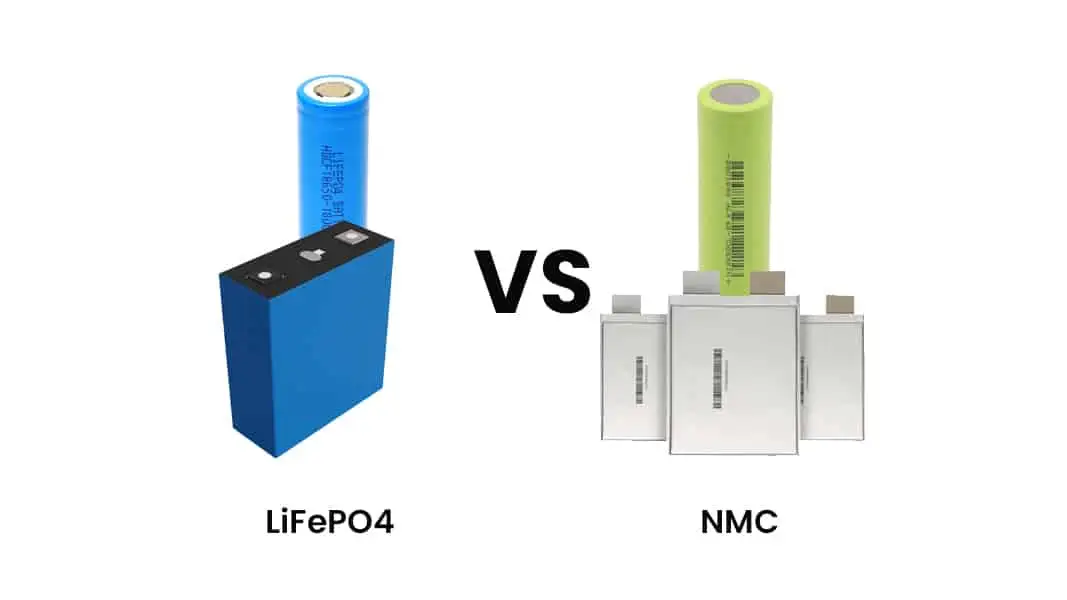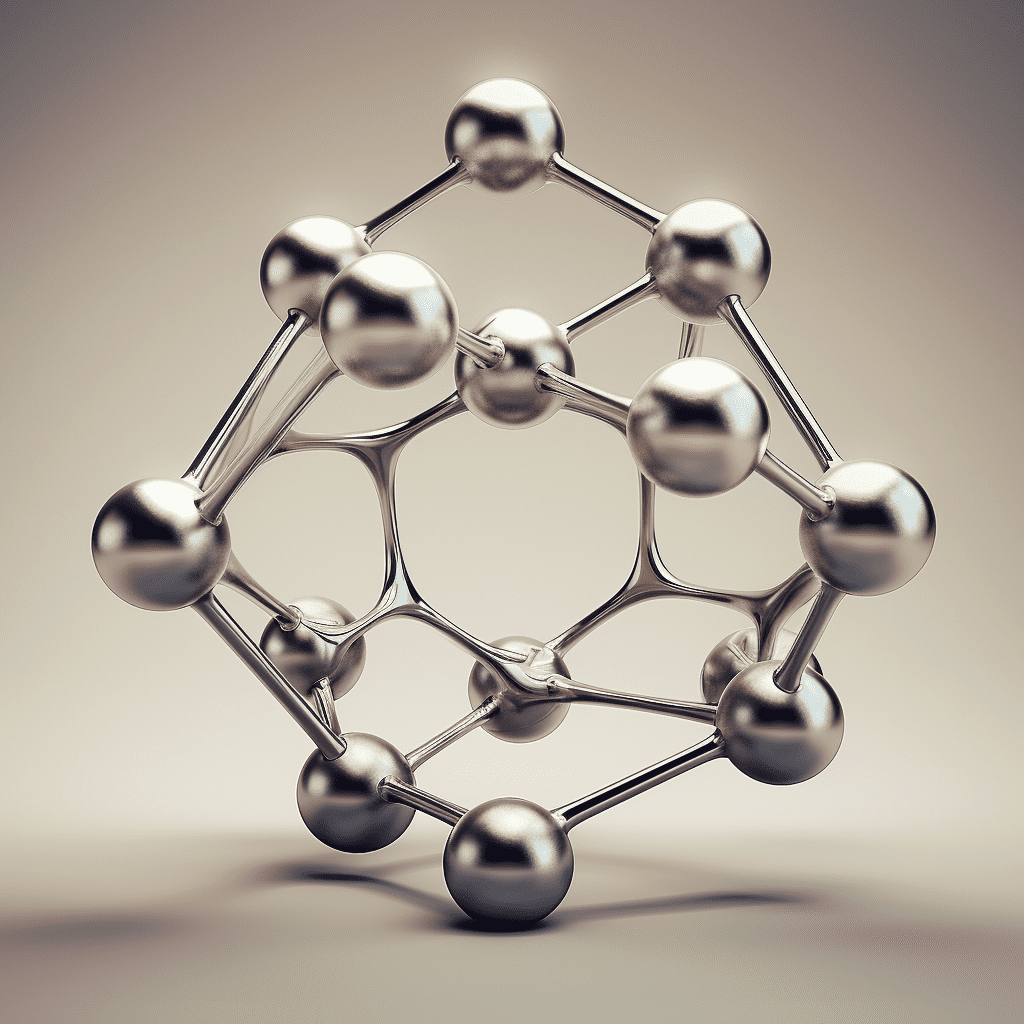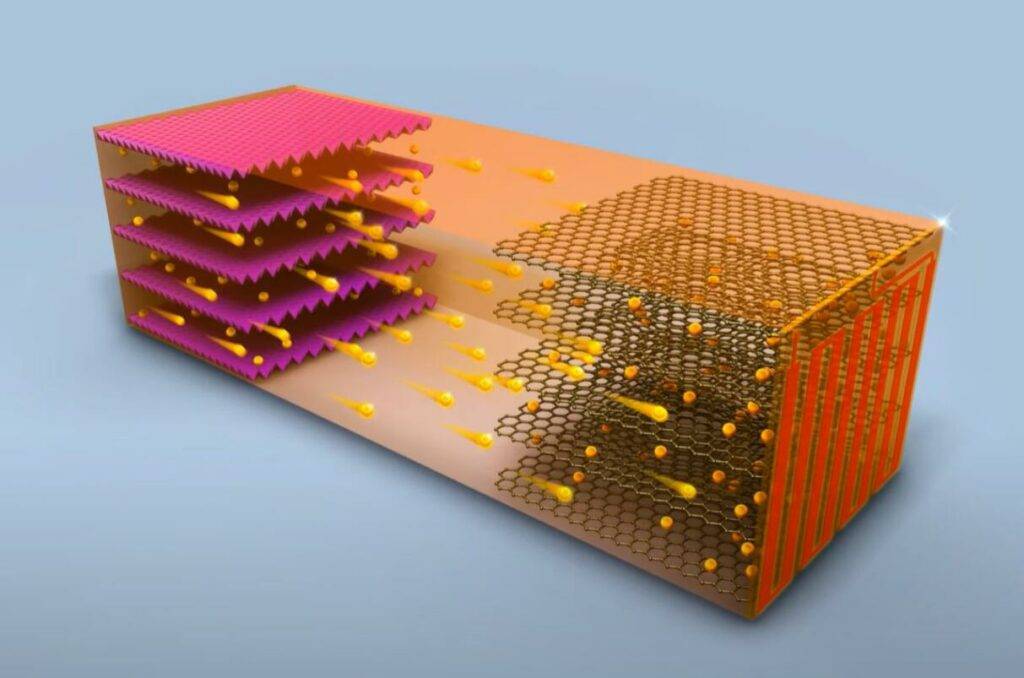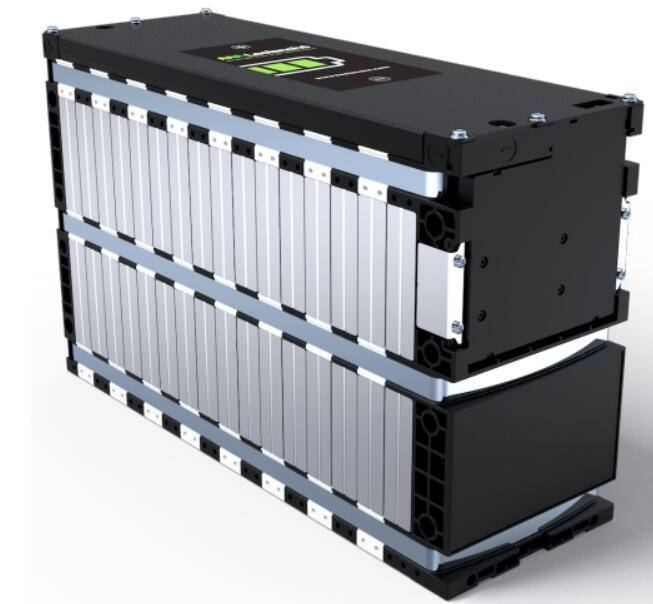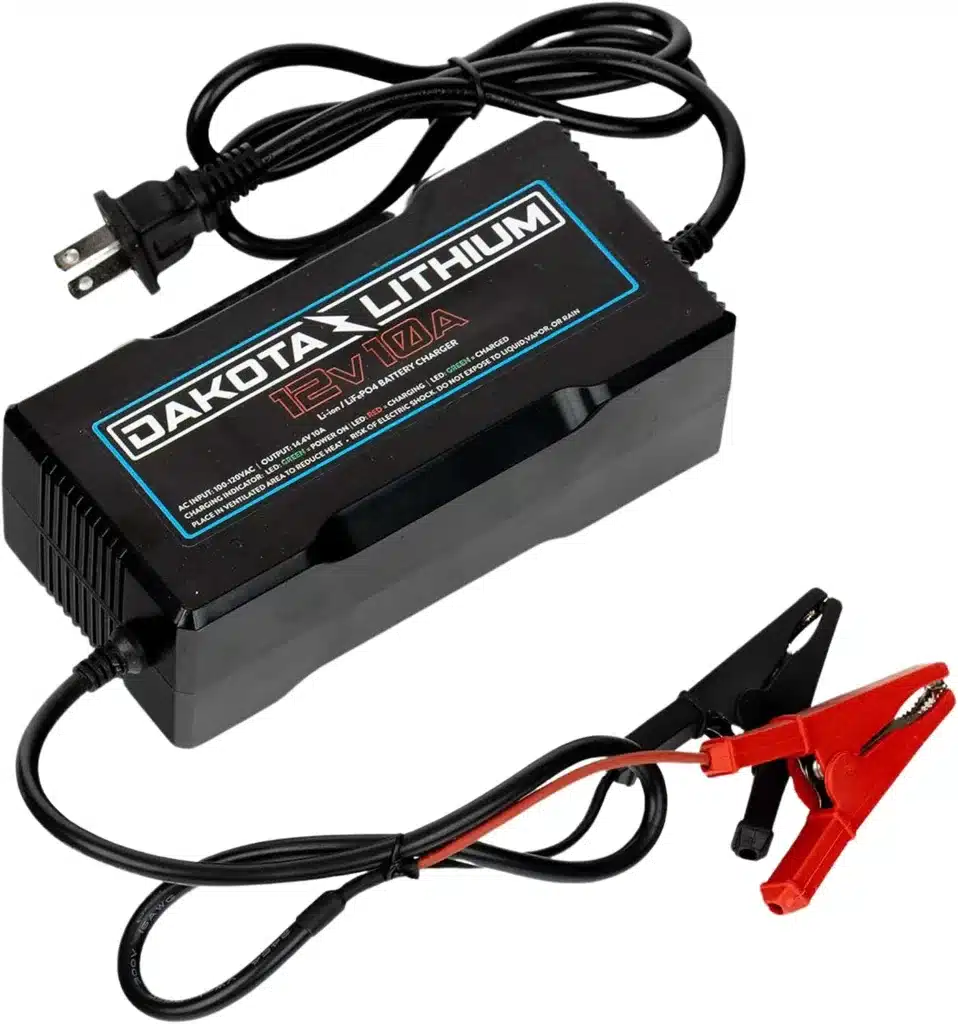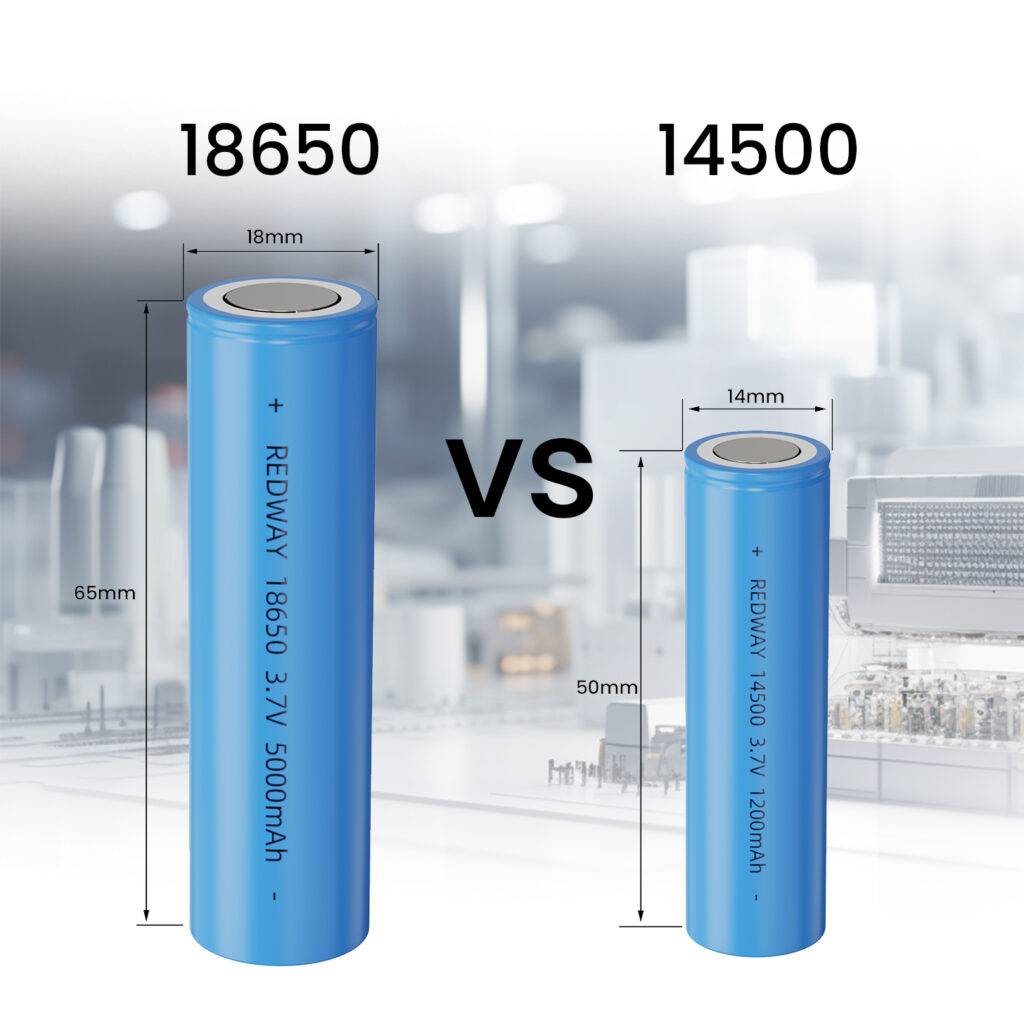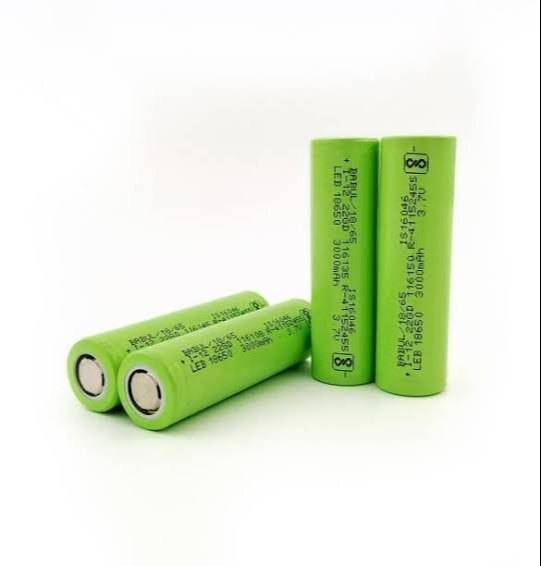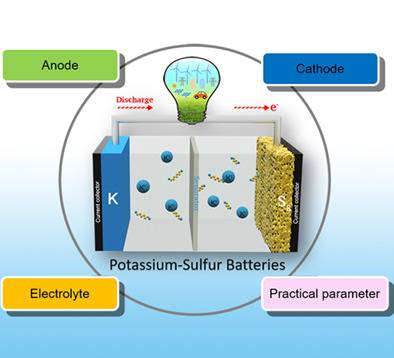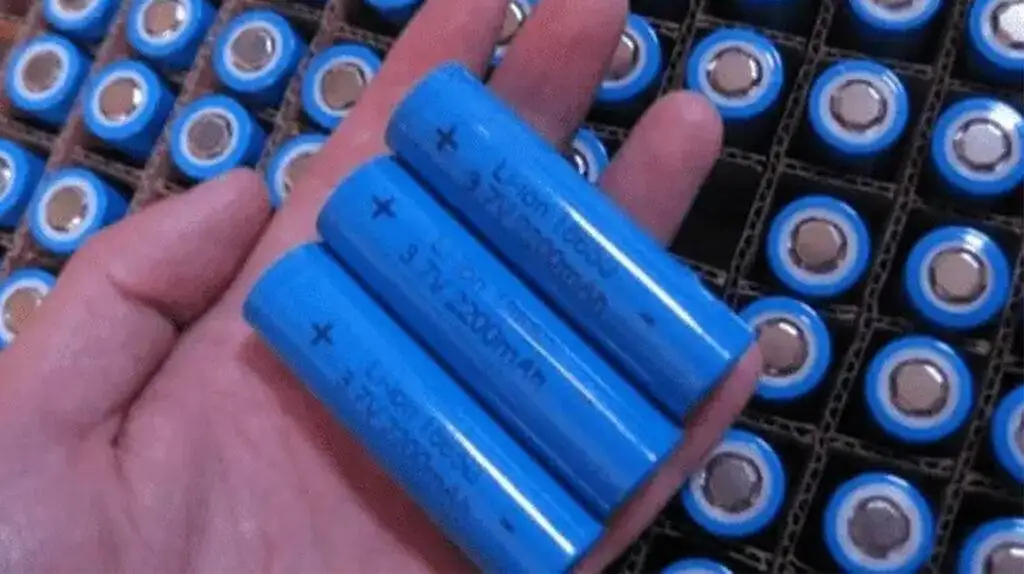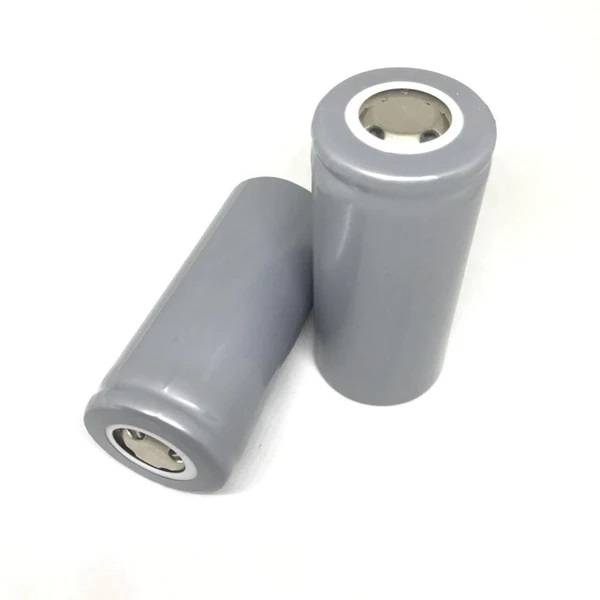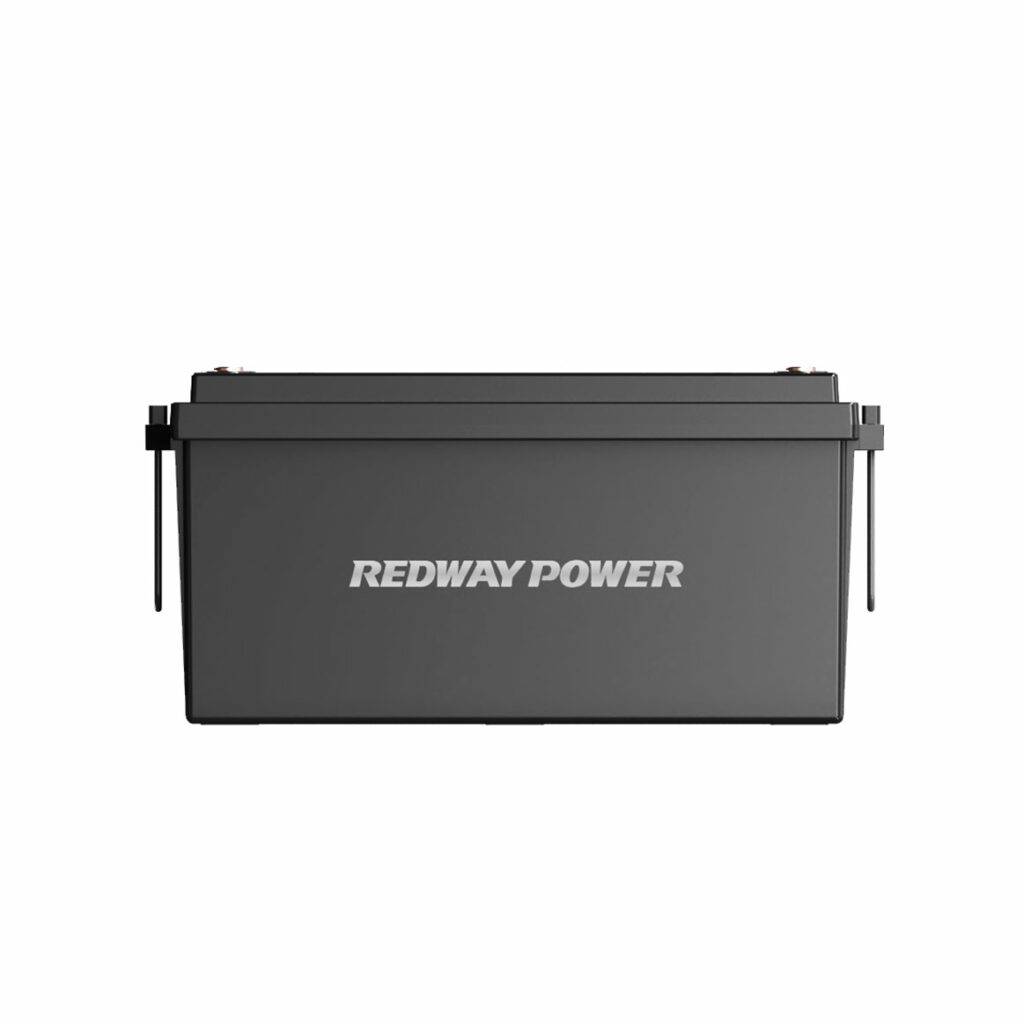In the market of new energy vehicles, commonly used lithium-ion batteries include lithium iron phosphate (LiFePO4) batteries and ternary lithium batteries. So, which one has more advantages in a comparison between lithium iron phosphate (LiFePO4) batteries and ternary lithium batteries? Let’s find out below.
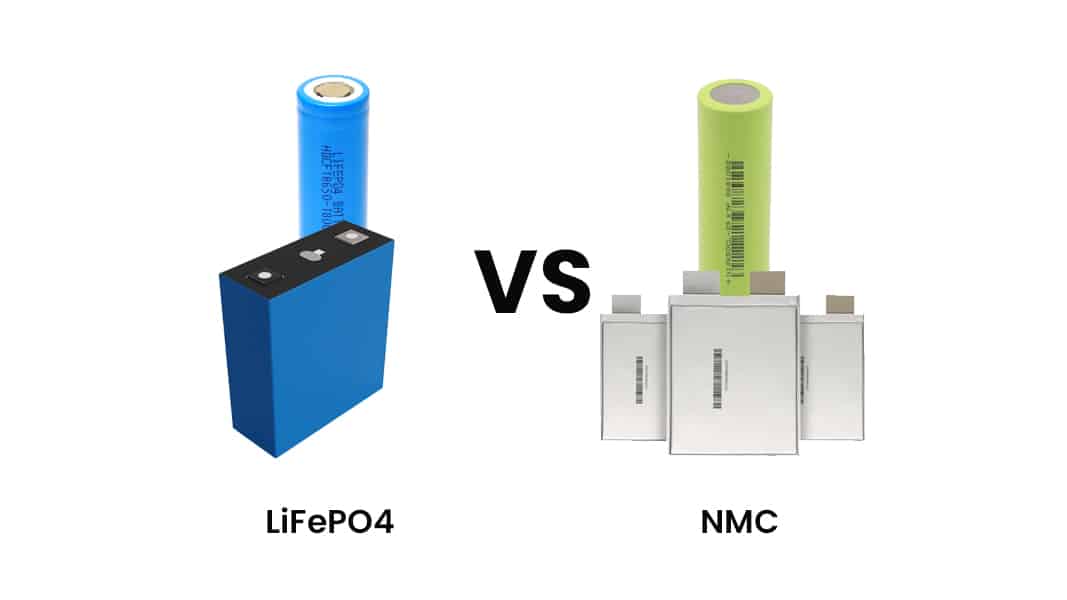
Lithium Iron Phosphate (LiFePO4) Battery: Long Cycle Life and Good Safety:
Lithium Iron Phosphate (LiFePO4) Battery:
Lithium Iron Phosphate (LiFePO4) Battery is a type of lithium-ion battery that uses lithium iron phosphate as the positive electrode material and carbon as the negative electrode material. The individual cell has a rated voltage of 3.2V, with a charging cutoff voltage between 3.6V and 3.65V.”
Working principle:
During the charging process, some lithium ions in lithium iron phosphate batteries exit the cathode, transfer through the electrolyte to the anode, and become embedded in the carbon material of the anode. Simultaneously, electrons are released from the cathode and flow through the external circuit to reach the anode, maintaining the balance of the chemical reaction. During the discharging process, lithium ions exit the anode, travel through the electrolyte to reach the cathode, while electrons are released from the anode and flow through the external circuit to reach the cathode, providing energy to the external device.
Advantages of LiFePO4 Batteries:
The advantages of lithium iron phosphate batteries include
- High operating voltage
- Large energy density
- Long cycle life
- Good safety performance
- Low self-discharge rate
- No memory effect.
Ternary lithium batteries: High energy density and low-temperature resistance:
Ternary lithium batteries:
Ternary lithium batteries, generally referred to as ternary polymer lithium batteries, are lithium batteries that use ternary positive electrode materials, such as lithium nickel cobalt manganese oxide (NCM) or lithium nickel cobalt aluminum oxide (NCA). Ternary composite positive electrode materials are produced using nickel, cobalt, and manganese salts as raw materials, with the ratio of nickel, cobalt, and manganese adjusted according to specific requirements.
Drawback:
Ternary batteries with these materials are known for their enhanced safety compared to cobalt-based lithium batteries but have the drawback of lower voltage, which may result in a noticeable capacity deficiency in applications like smartphones.
Overall Comparison: Lithium Iron Phosphate (LiFePO4) batteries come out on top:
With the advancement of battery pack structure development technology, the assembled energy density of lithium iron phosphate (LiFePO4) batteries has now reached the level of ternary NCM523, and it continues to improve. Compared to ternary lithium batteries.
| Properties | LiFePO4 batteries | ternary lithium batteries |
| Economical | Lower material cost hence economical | Expensive |
| Safety | Higher safety | Lower safety |
| Lifespan | Long Service life | Short service life |
Future Scope:
Many battery manufacturers are confident in the larger-scale market for LiFePO4 batteries. Once it becomes truly commercialized, the advantages of low cost, long lifespan, and high safety of LiFePO4 batteries will gradually become evident in the passenger, commercial, and specialty vehicle sectors.

